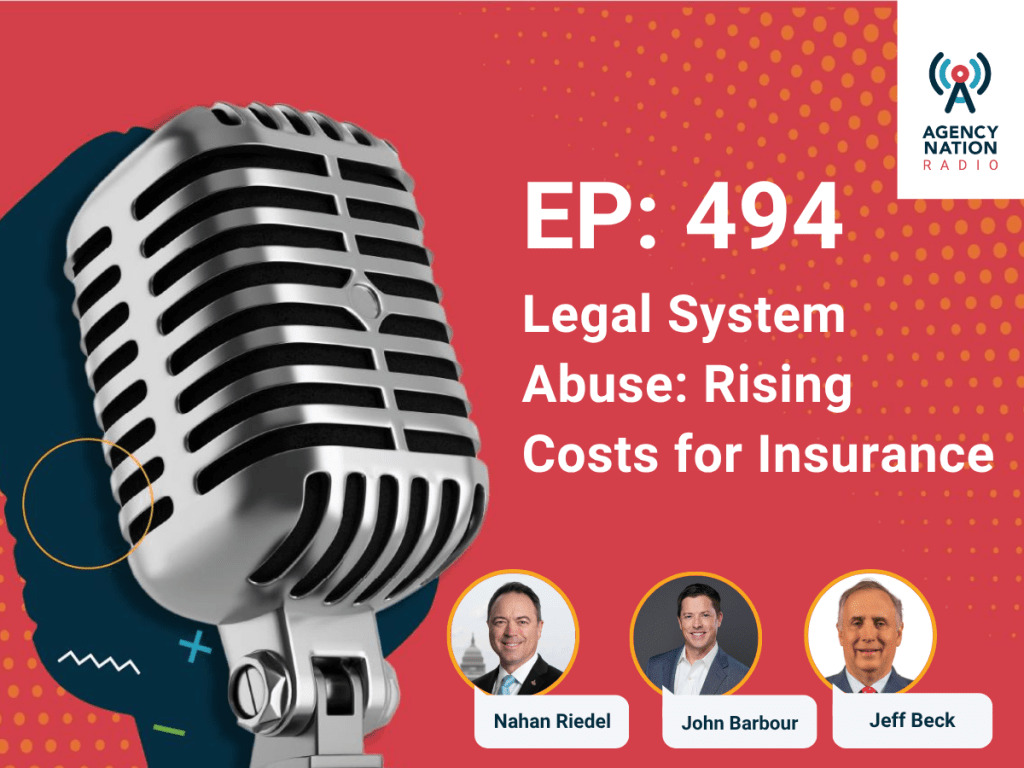Preventing E&O Claims After a Merger or Acquisition

Insurance agency mergers and acquisitions (M&A) volume and deal sizes continue to remain well above pre-pandemic levels despite economic uncertainty. Further, within the next two years, one-third of agencies plan to undergo an ownership transition, underscoring an unprecedented period of M&A activity within the industry, according to the 2024 Agency Universe Study by the Big “I.”
While M&A transactions are complex and the primary focus of due diligence is initially on the financials, recent data from Swiss Re Corporate Solutions highlights a rise in errors & omissions (E&O) claims linked to M&A, with their observations emphasizing a growing trend in E&O losses attributable to operational lapses and acquired agency staff.
“As much as we hate to say this, M&A are usually financially oriented and behind the scenes,” says Al Diamond, president, Agency Consulting Group Inc. “The agents don’t think about what they should have done until after bad things occur, after a transaction gets stale and goes bad. We’ve been called in on too many transactions in which staff, producers or clients left due to the way reorganizations have been implemented.”

📅Free Dec. 10 Webinar: Streamline Your Quoting Workflows
To mitigate E&O risks, Big “I” Professional Liability developed the “Handbook for Preventing Errors & Omissions Claims in Insurance Agency Mergers & Acquisitions,” which offers post-merger integration strategies and checklists to enhance training and education for newly integrated staff.
The handbook discusses the causes of E&O claims, ethical and legal responsibilities, and strategies for loss prevention through education, consistent procedures, and thorough documentation.
Here are four tips included in the handbook to reduce E&O exposure for an agency after a merger or acquisition:
1) Foster a culture of E&O awareness. An agency’s best defense begins with its people, which means training is critical. Every employee should complete a one-hour E&O training session within their first two weeks on the job, with additional sessions scheduled as needed to ensure full participation.
“These sessions should review agency procedures in detail to confirm that employees understand expectations and comply with established processes,” says Nancy Germond, Big “I” executive director of risk management and education.
To reinforce knowledge, the handbook recommends providing training materials tailored to specific workflows, giving staff the tools they need to recognize and prevent potential E&O issues in their daily work.
2) Hold E&O loss prevention training. Training isn’t just about compliance—it’s about understanding the real-world consequences of mistakes. The handbook emphasizes that E&O claims are rising across agencies of all sizes and regions.
“Effective training helps agents recognize how ethical and legal responsibilities—such as honesty and legal compliance—are tied directly to reducing E&O losses,” Germond says. “Beyond reputational harm, claims often bring higher costs for protection, reputational damage, and stress across the agency.”
“With society’s increasing litigiousness and the complexity of insurance coverages, preparation has never been more important,” she adds.
3) Clarify agent responsibilities. After a merger or acquisition, aligning staff under a shared understanding of their duties is essential. Agents must act in the best interest of customers, maintaining honesty, fairness and professionalism at all times.
“Legal obligations include compliance with the Law of Agency and the Unfair Trade Practices Act. Orientation for new employees should reinforce these standards and reflect agency best practices,” Germond says.
More On E&O
The Big “I” Professional Liability handbook also underscores the importance of proper licensing as the agency’s footprint expands, continuing education and ongoing familiarity with insurance products and software.
4) Documentation is key as a defense against E&O claims. When it comes to E&O claims, documentation is everything. The agency should record in detail every customer interaction, from quotes to policy discussions. Every customer interaction, from quotes to policy discussions, should be recorded in detail. Relevant documents should be attached to customer files to provide clarity and context. Consistent, timely documentation not only demonstrates professionalism but can also play a decisive role in defending the agency against claims.
What is important for all agencies to note is that “despite falling E&O rates, the industry in general is seeing an increase in both E&O claim frequency and severity,” says Ben Woodward, national vice president, underwriting, Admiral Insurance Group.
Olivia Overman is IA content editor.








